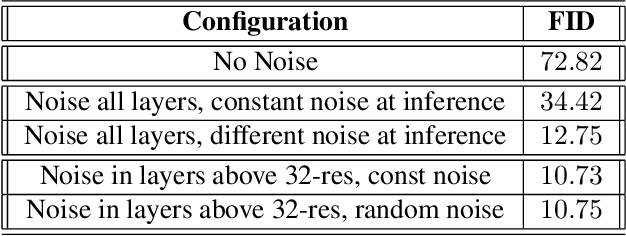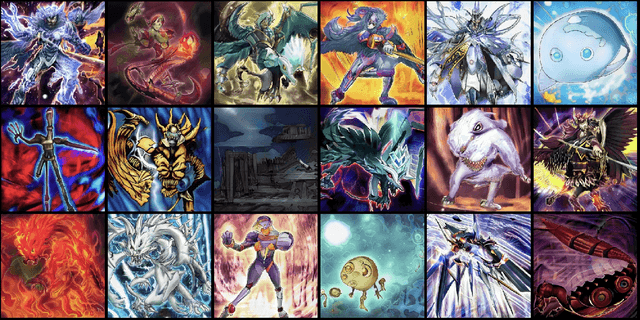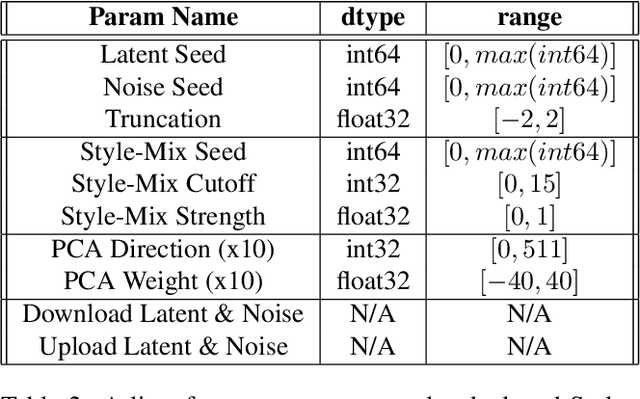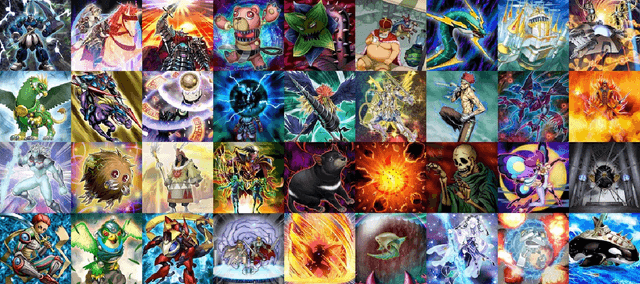Controlled GAN-Based Creature Synthesis via a Challenging Game Art Dataset -- Addressing the Noise-Latent Trade-Off
Paper and Code
Aug 19, 2021



The state-of-the-art StyleGAN2 network supports powerful methods to create and edit art, including generating random images, finding images "like" some query, and modifying content or style. Further, recent advancements enable training with small datasets. We apply these methods to synthesize card art, by training on a novel Yu-Gi-Oh dataset. While noise inputs to StyleGAN2 are essential for good synthesis, we find that, for small datasets, coarse-scale noise interferes with latent variables because both control long-scale image effects. We observe over-aggressive variation in art with changes in noise and weak content control via latent variable edits. Here, we demonstrate that training a modified StyleGAN2, where coarse-scale noise is suppressed, removes these unwanted effects. We obtain a superior FID; changes in noise result in local exploration of style; and identity control is markedly improved. These results and analysis lead towards a GAN-assisted art synthesis tool for digital artists of all skill levels, which can be used in film, games, or any creative industry for artistic ideation.
 Add to Chrome
Add to Chrome Add to Firefox
Add to Firefox Add to Edge
Add to Edge